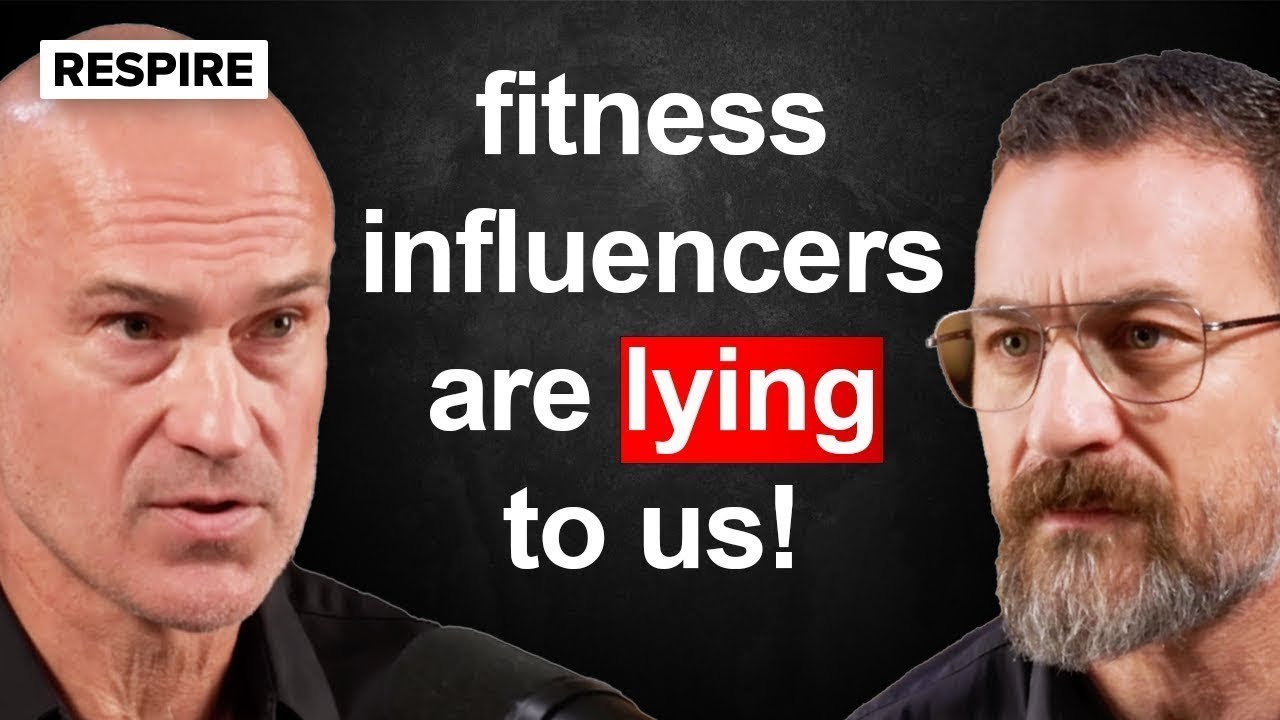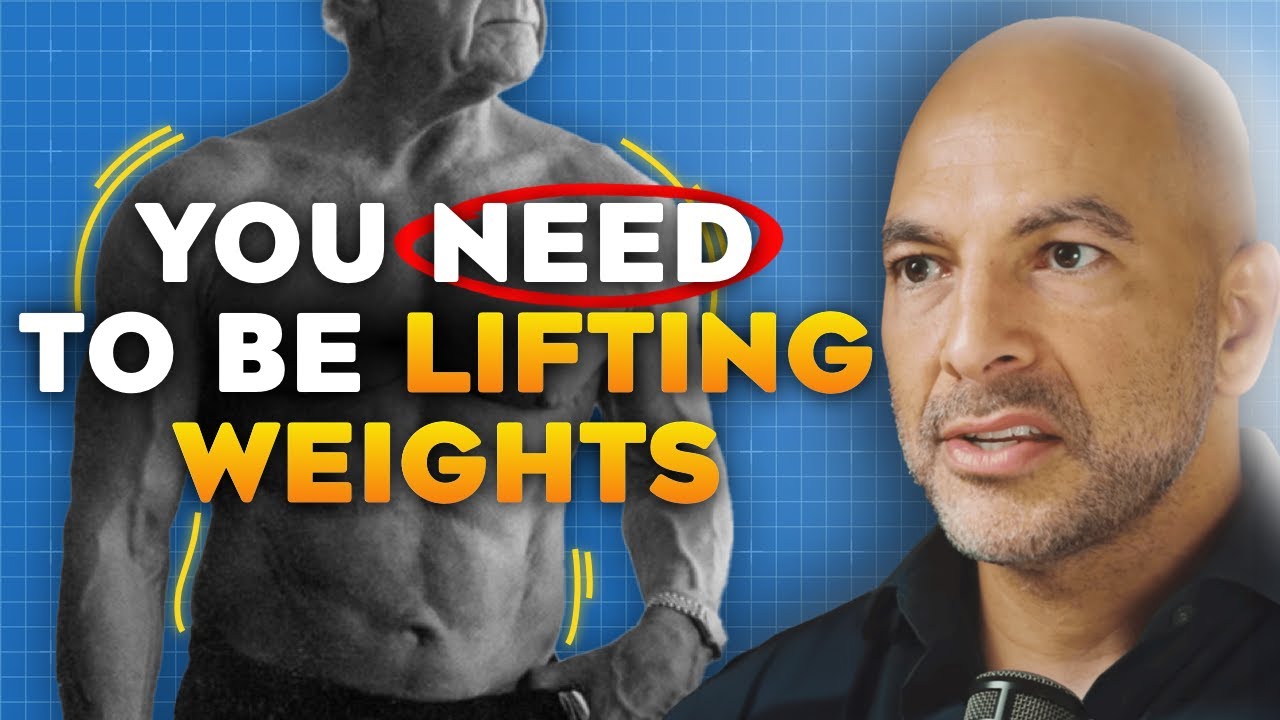In the world of fitness, there’s a foundational truth that often gets overlooked: strength is the cornerstone of all other physical qualities. Whether you’re training for athletic performance, long-term health, or simply to move better in daily life, a solid base of strength is essential. Without it, endurance, speed, agility, and even flexibility are compromised.
Contrary to popular belief, strength training isn’t just for bodybuilders or powerlifters. It plays a central role in everything from fat loss and muscle tone to injury prevention and healthy aging. In this article, we’ll explore why strength is so crucial, how it benefits endurance athletes, and which movements provide the biggest return on investment — especially for busy adults.

Why Strength Comes First in the Fitness Hierarchy
Every physical ability you want to develop — whether it’s running a marathon, improving posture, or carrying groceries pain-free — depends on a certain baseline level of strength. From elite athletes to weekend warriors, everyone benefits from developing stronger muscles and more resilient joints.
Strength training improves neuromuscular coordination, which makes every movement more efficient. This means better running mechanics, faster cycling cadence, and even improved balance and agility. Research has shown that when endurance athletes incorporate low-rep, high-load strength routines, their race performance improves — even if they don’t gain visible muscle mass. This type of training enhances power without compromising mobility or adding bulk.
In countries like the former Soviet Union, sport scientists used a model athlete system to determine strength benchmarks for specific sports. Whether it was squatting, jumping, or pressing, they found direct correlations between general strength levels and athletic success. For non-athletes, the takeaway is simple: the stronger you are, the more physical freedom you have — whether you’re lifting kids, hiking trails, or thriving in demanding jobs.
How Strong Is Strong Enough?
You don’t need to lift like a competitive powerlifter to benefit from strength training. But having measurable strength standards can provide helpful goals. For example, military and law enforcement physical tests often reflect practical fitness levels that correlate with real-world function.
If you’re just starting, your focus should be on becoming symmetrical, mobile, and pain-free before ramping up intensity. Renowned physical therapist Gray Cook emphasizes the importance of movement quality — because dysfunctional patterns can lead to injury, even if you’re strong.
Once mobility and form are addressed, it’s time to prioritize strength. You don’t need dozens of fancy exercises. A few proven compound movements can take you far.

The Essential Strength Exercises Everyone Should Consider
Not every training tool suits every body. Some people prefer barbells; others thrive with kettlebells or bodyweight movements. What matters most is finding a small set of high-impact exercises that build strength across major movement patterns — and sticking with them consistently.
Here are a few expert-recommended strength movements that offer high carryover into overall performance:

1. Narrow-Stance Sumo Deadlift
This variation teaches the all-important hip hinge while being accessible to a wide range of body types. It’s easier on the lower back than conventional deadlifts and encourages proper glute and hamstring engagement.
Deadlifts don’t just make you stronger — they teach you how to generate force from the ground up. Learning this movement pattern protects your spine and improves everyday mechanics, from sitting down to lifting a suitcase.
2. Zercher Squat
The Zercher squat — where you cradle the barbell in the crook of your elbows — is a joint-friendly alternative to traditional back or front squats. It’s especially helpful for those with shoulder or wrist issues, and it builds serious midsection stability thanks to its unique loading position.
Unlike back squats, the Zercher encourages upright posture, deep hip mobility, and functional core strength. A long-term goal of lifting 1.5–2x your bodyweight in this movement represents an excellent indicator of full-body power.
3. Bench Press
While it gets a bad rap due to overuse in commercial gyms, the bench press remains a powerful and efficient upper-body pushing movement — especially for those looking to build strength without spending hours in the gym.
With minimal volume, you can make steady gains. Performing a few sets of 3–5 reps once or twice per week is often enough to make measurable progress.
4. Pull-Ups
Few exercises are as honest and effective as the pull-up. They build upper-body strength, improve shoulder health, and transfer to nearly every athletic and functional task — from climbing to carrying.
Not everyone can perform a full pull-up at first, but resistance bands, negative reps, or assisted machines can help you build up to it. Once you can do multiple reps with perfect form, consider adding weight to continue progressing.
5. Dips
Dips are a fantastic compound pressing exercise for the chest, shoulders, and triceps. They require significant core control and shoulder mobility. However, they’re not for everyone — if your shoulders lack stability, dips can aggravate old injuries. Proper technique and gradual loading are essential.
A well-rounded weekly routine might include:
- Zercher squats for lower-body and core
- Kettlebell swings or deadlifts for posterior chain development
- Pull-ups and dips for upper-body strength
- Bench press as a foundational push
This combination covers all major movement patterns: squatting, hinging, pushing, and pulling — and it requires minimal equipment and time.

How to Train for Strength Without Gaining Excess Size
Many people — especially women — want to gain strength and feel empowered without looking bulky. The good News? Strength is primarily a neurological adaptation, especially in the early stages of training.
By keeping your reps low (3–6 reps per set), your rest periods long (2–3 minutes), and your form strict, you can build strength without adding unnecessary muscle mass. This approach supports functional muscle — strong but lean — ideal for those who want performance without size.
Think of it like this: anything over 15 reps becomes aerobic; anything under 6 trains your nervous system to recruit more muscle fibers efficiently. That’s where the real magic happens.
Final Thoughts: Build Strength First, Then Everything Else
Strength is the base upon which all other physical qualities are built. Without it, you’re just layering endurance or mobility on top of a shaky foundation.
A focused, minimalist strength program using a handful of time-tested exercises can deliver exceptional results in less time than you might think. Once a solid level of strength is achieved, you can shift focus to endurance, agility, or hypertrophy — but strength should always come first.
Looking to create a customized strength program that fits your lifestyle, goals, and current fitness level? Let’s connect — I offer personalized guidance that blends modern science with real-world practicality. Or, if you’re ready for more, explore my other expert-backed articles on performance, healthy eating, and building sustainable strength at any age.



